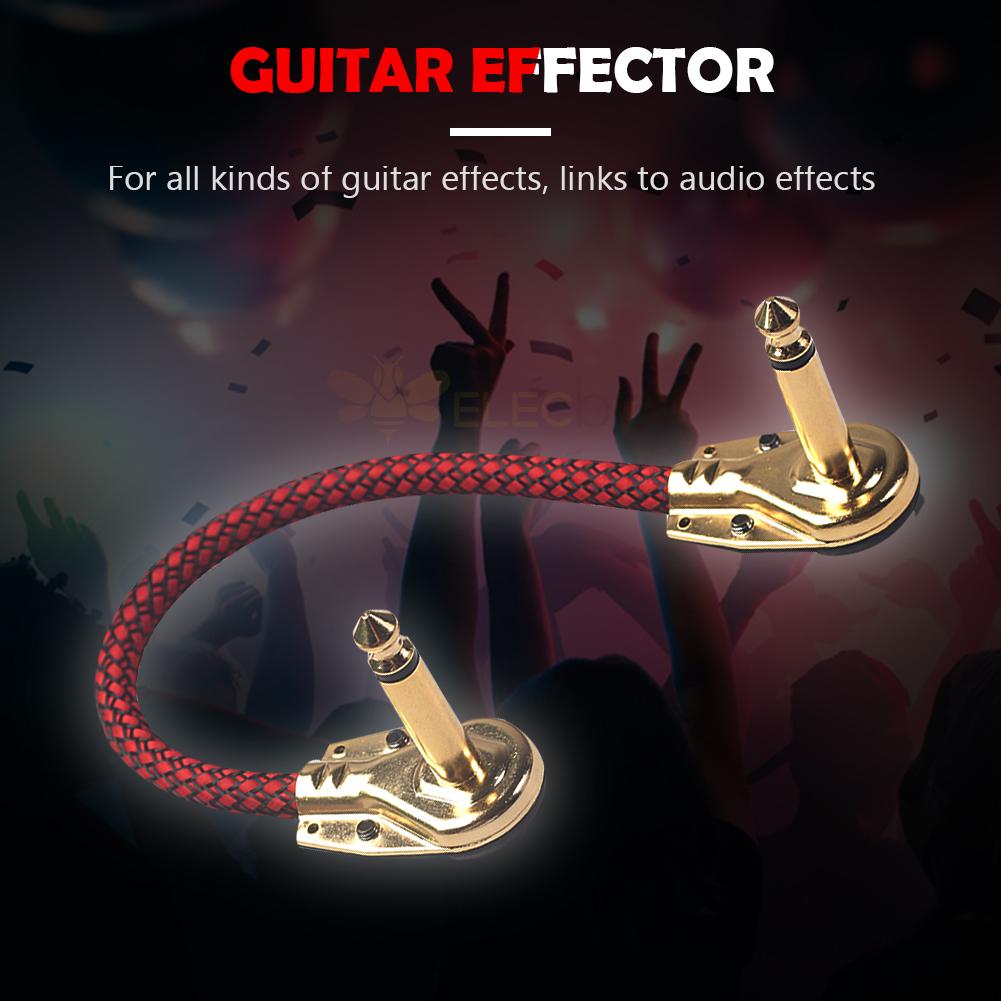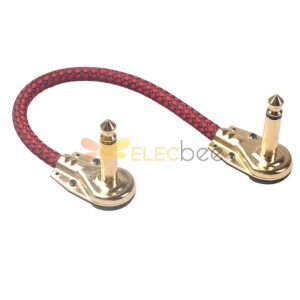Ah, the humble guitar pedal patch cable! It may not be the showiest component in your music setup, but ask any seasoned musician, and they'll tell you it's essential. With an array of effects pedals revolutionizing the way we perceive guitar music, the importance of a reliable and efficient cable to interconnect these pedals cannot be overstated. But what makes a good patch cable? Is there a difference between various types, or can you just pick up any cable and expect it to work? Let's delve into these questions and more.
The Importance of a Good Patch Cable
A poor-quality cable can introduce noise, decrease your signal strength, and ultimately degrade your overall sound. Imagine nailing that solo, only to have it tainted by a noisy background or reduced fidelity. So before you splurge on high-end pedals and guitars, invest in quality patch cables.
Common Issues and Troubleshooting
Signal Loss
Signal loss is common in low-quality cables. One indicator is a reduced volume or change in your guitar tone.
Noise
If you hear a buzzing sound when you're not playing your guitar, it's probably the cable. Quality cables offer better shielding against interference.
Durability
The wear and tear on a cable, especially for gigging musicians, can be quite high. A durable cable can withstand the rigors of regular usage.
Now, What to Look For?
Material and Construction
Look for cables with pure copper wiring, as it offers superior conductivity. Cables like those with 22AWG (48 * 0 / 10mm oxygen-free copper) are generally considered top-tier.
Shielding
Better shielding, such as a double-layer braided shield, can offer a significant improvement in sound quality by reducing interference.
Length
The length should be just right—not too long to create a mess and not too short to limit your setup. A 0.2m or 20cm cable generally fits the bill.
Connector Type and Size
Typically, for guitar pedals, 6.35mm angled male-to-male connectors are ideal.
Product Recommendation
After extensive research, one product stands out—the Guitar Pedal Patch Cable with Pure Copper Shielding, 6.35mm Male-to-Male Right Angle Cable, 0.2M. It's a mouthful, but every part of that name tells you why it's worth your consideration.

Features
- Gold-Plated Angled 6.35mm Connectors: This ensures the cleanest sound output possible.
- High-Quality Shielding: With higher shielding, your sound quality improves significantly.
- Superior Material: Made with 22AWG pure copper, it provides excellent conductivity for minimal signal loss.
- Extra Durability: Its PVC jacket material and fiber woven mesh add an extra layer of protection, making it highly durable.
- Environmental and Mechanical Stability: Can operate efficiently between temperatures of -55°C to +155°C and offers excellent engagement and disengagement force.
Why Choose This Product?
Not only does it meet all the criteria outlined above, but it also comes with a 30-day 100% money-back guarantee. For the tech-savvy, its electrical characteristics like impedance of 75 Ohm and a frequency range of DC-11 GHz are hard to beat. Plus, it's waterproof and resistant to high temperatures, making it perfect for live performances.
This cable is your one-stop solution for a noise-free, high-fidelity musical experience. Why settle for less when you can have the best?
Conclusion
The quality of your guitar pedal patch cables plays a significant role in the final sound output. While it's easy to overlook this small but essential component, investing in a high-quality cable like our recommended product will pay off in the long run.
Make your guitar setup complete with a patch cable that respects your sound as much as you do. Happy jamming!
If you're interested in upgrading your setup, click here to purchase this premium Guitar Pedal Patch Cable on ELECBEE.
I hope this article provides you with the comprehensive understanding and guidance you need in choosing the perfect guitar pedal patch cable. Thank you for reading, and feel free to share your thoughts below.







